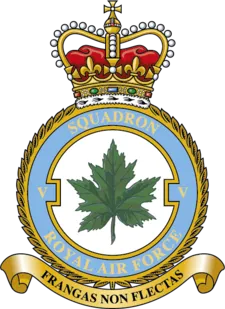5 Squadron RAF (Frangas Non Flectas) Lanka. Hurricane II aircraft ??683 failed to return from operations, believed shot down by Japanese fighter
Flight Lieutenant EG Thurston (RCAF) was missing, presumed killed in course of a Rhubarb operation from Lanka airfield (approximate location ![]() ) over Pinlebu, Burma (now Myanmar) (approximate location
) over Pinlebu, Burma (now Myanmar) (approximate location ![]() )
)
Flight Lieutenant Thurston has no known grave and is commemorated on the Singapore War Memorial
Warrant Officer Class 2 Joseph Willie Yvon Bibeau was lost on the same sortie.



